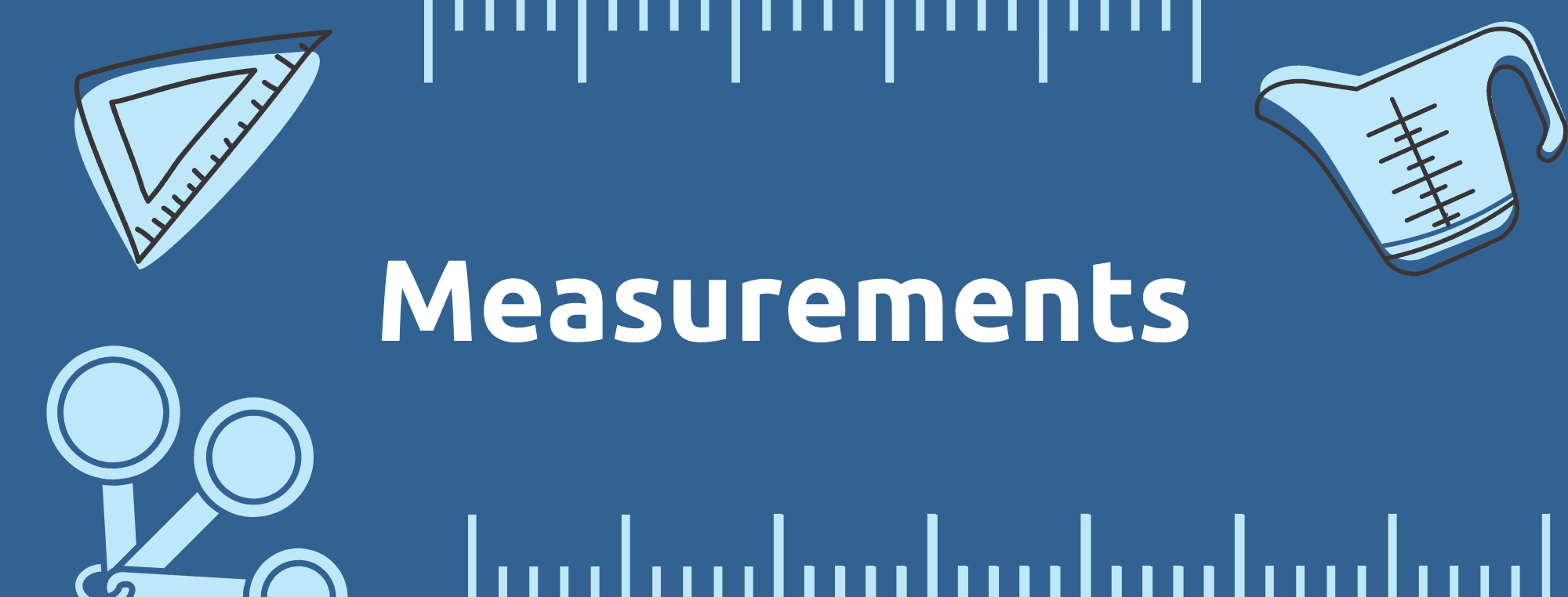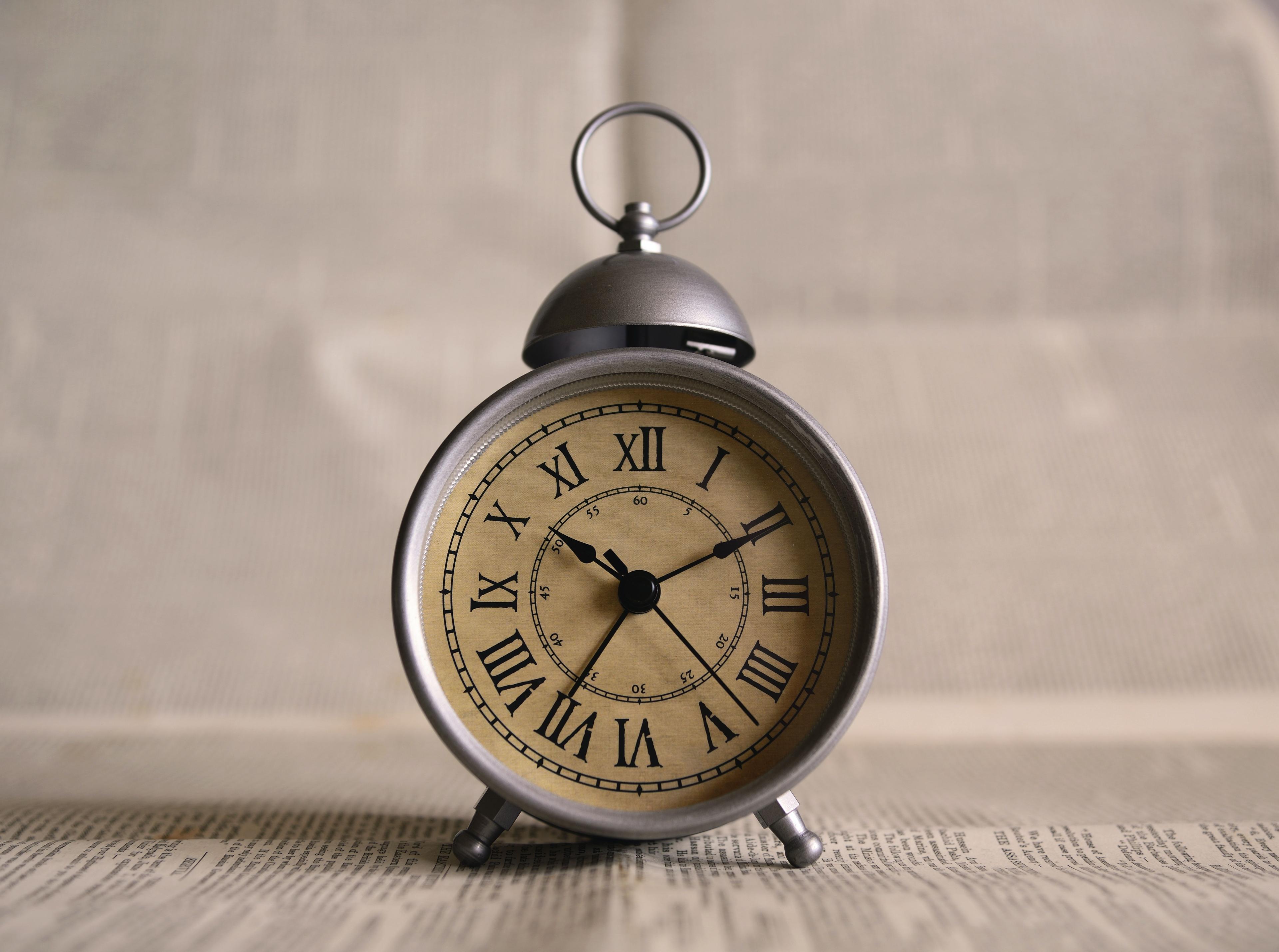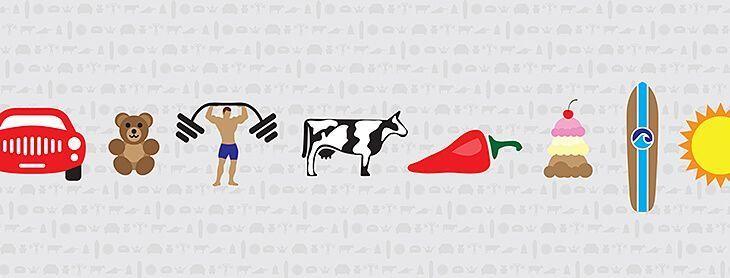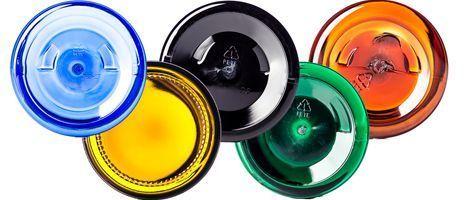What's the difference between M, mm, ml, mil?


What’s in a name and abbreviation? Actually, a lot! Especially when it comes to measurements and the difference between M, mm, and ml and mil. As we dig in, one consistent thing you’ll notice is the prefix “mil” which means thousand or thousandth.
M
Let’s start with just plain M. In this context, technically M represents the Roman Numeral for 1,000. We’ve likely all seen smaller Roman Numerals on watch faces, but M is a little less common. Most often we see M used to indicate a specific year. Informally, some people will also use M to signify million, but that’s more shorthand than an official abbreviation. Let’s take a look at M in action, shall we?
- MMCXXXII = 2,132
- $14.9M = fourteen million, nine hundred thousand dollars

mm
This is a linear unit of measurement within the metric system. Mil still means thousand, but in this case a millimeter is one thousandth of a meter. So it takes a thousand of those little guys to fill up an entire meter stick! Want to think about mm in an every-day context?
1 Skittle candy = 10mm in diameter
ml
The ml stands for milliliter. The abbreviation ml is typically pronounced M-L (saying the letters out loud) or milliliter. This one is nice to remember. When you see the little “l” just think to yourself l = liquid. For this abbreviation, ml is one thousandth of a liter, so it’s a super small measurement. For context, we’ll look at one of our popular ml bottle capacities and your typical order from your favorite coffee place.
- 30 ml = 1.01 oz.
- About 473 ml = 16 oz. Latte
mil
Mil (pronounced mill) is one thousandth of an inch. (How dare they throw in Imperial measurements?! We were going strong with the metric system! I know, we’re sorry.) But think of mil as a way to measure the thickness of flat objects like credit cards or walls of plastic objects like pails. Some examples of mils would be:
- Your typical credit card = 30 mils = 3/100 of an inch
- Item P058 (5 gallon pail) = 90 mils = 9/100 of an inch
It’s tough to remember these when they’re are all so similar. But it can help to break each word down. Think of the suffixes for mm and ml — meter and liter. That narrows it down. Then, M by itself is the Roman Numeral. Mil spelled out is the only measurement that uses an inch.
See? You’re already making things easier on yourself. Way to be.
Want to learn more? Reach out to our team.




